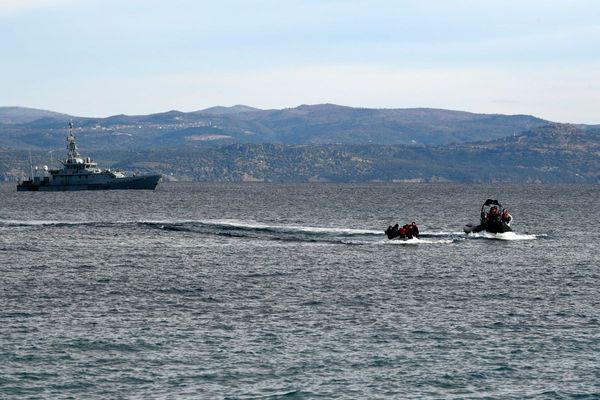When a company goes through a crisis as massive as KTM’s recent financial meltdown, every word from the top brass suddenly carries more weight. And in this case, it’s Gottfried Neumeister, the man now at the helm of KTM AG and Pierer Mobility, who’s choosing those words very carefully.
In a detailed interview with Cycle World, Neumeister laid out the full timeline of KTM’s troubles, from the collapse of its bicycle venture to the ill-timed MV Agusta deal and a wholesale strategy that flooded dealers with unsold bikes. But buried in all the talk of production restarts, employee sacrifices, and fresh capital from Bajaj was a small but telling comment about two brands that enthusiasts are watching closely: Husqvarna and GasGas.
Neumeister said the company is still deciding “how many brands to continue,” and that it’s a strategic call that can’t be rushed. He emphasized the need for proper market research and a data-driven approach, saying, “We need to understand the heritage and strength of each brand.” And that’s where it gets interesting, because it doesn’t sound like he’s just figuring out how to grow these brands. It sounds like he’s evaluating whether they’re worth keeping at all.

For a lot of people, that’s a red flag. If all three brands (KTM, Husqvarna, and GasGas) were safe, there wouldn’t be much to evaluate. But when a new CEO starts talking about understanding a brand’s strength, you can bet they’re weighing its weaknesses too. And when you’re rebuilding from a financial mess as deep as this one, tough calls are bound to be made.
That doesn’t necessarily mean both brands are doomed. Husqvarna, for one, has a strong legacy and a more distinct identity than it used to. Even though pretty much all of its models share bones with KTM machines, the styling, the positioning, and even the growing push toward e-mobility give it a bit more breathing room. It's not just a white and yellow KTM anymore, as it has developed its own following, especially among riders who want something a little more refined and less aggressively orange.
GasGas, though, is in murkier territory. It’s a younger brand within the Pierer ecosystem, and in a lot of ways, it overlaps heavily with KTM’s off-road machines. Same platforms, similar parts, just different plastics and a whole lot more red. If the goal is to simplify and reduce complexity (and Neumeister has made it very clear that is the goal) it’s not hard to imagine GasGas being scaled down or even phased out in its current form.
Things get a bit more grim when you consider that Neumeister didn’t offer any product roadmap or strategic direction for the brand, unlike KTM, which got a full breakdown of what’s coming next.

Of course, I'm just speculating here, and who knows, maybe Neumeister already has a grand plan for both Husqvarna and GasGas. But if we’re looking at how things are being framed, it’s clear that the conversation is less about expansion and more about consolidation. And when you’re trying to claw your way back from over a billion euros in debt, sentiment weighs nothing close to bottom line.
Needless to say, the next few months will be crucial. Pierer Mobility is now in the phase of rebuilding trust, both with customers and dealers. Part of that process is figuring out which brands bring actual value to the table and which ones might be spreading resources too thin. If Husqvarna can continue carving out a niche as a premium, urban-forward line with a clean design and growing electric ambitions, it could solidify its place in the lineup. But if GasGas can’t prove it’s more than just a red KTM with a different logo, it might be the first to go.
At the end of the day, it’s important to remember that Neumeister is a numbers guy. He doesn’t have emotional attachments to these brands the way some of us do. Rather, he has a responsibility to fix the balance sheet and make sure the business stays afloat. That means hard choices down the road. And for fans of Husky and GasGas, that means the future is anything but guaranteed.
Source: Cycle World







